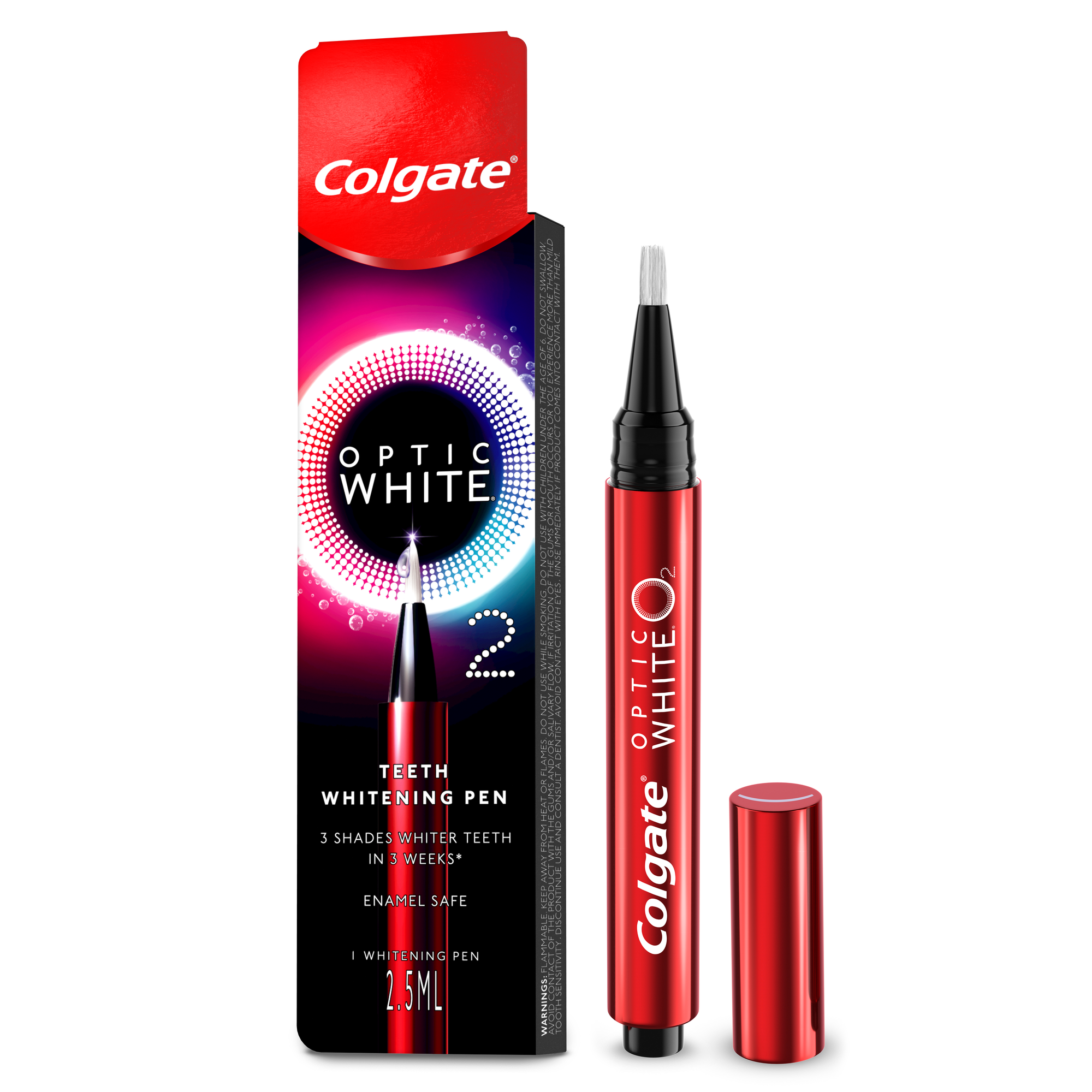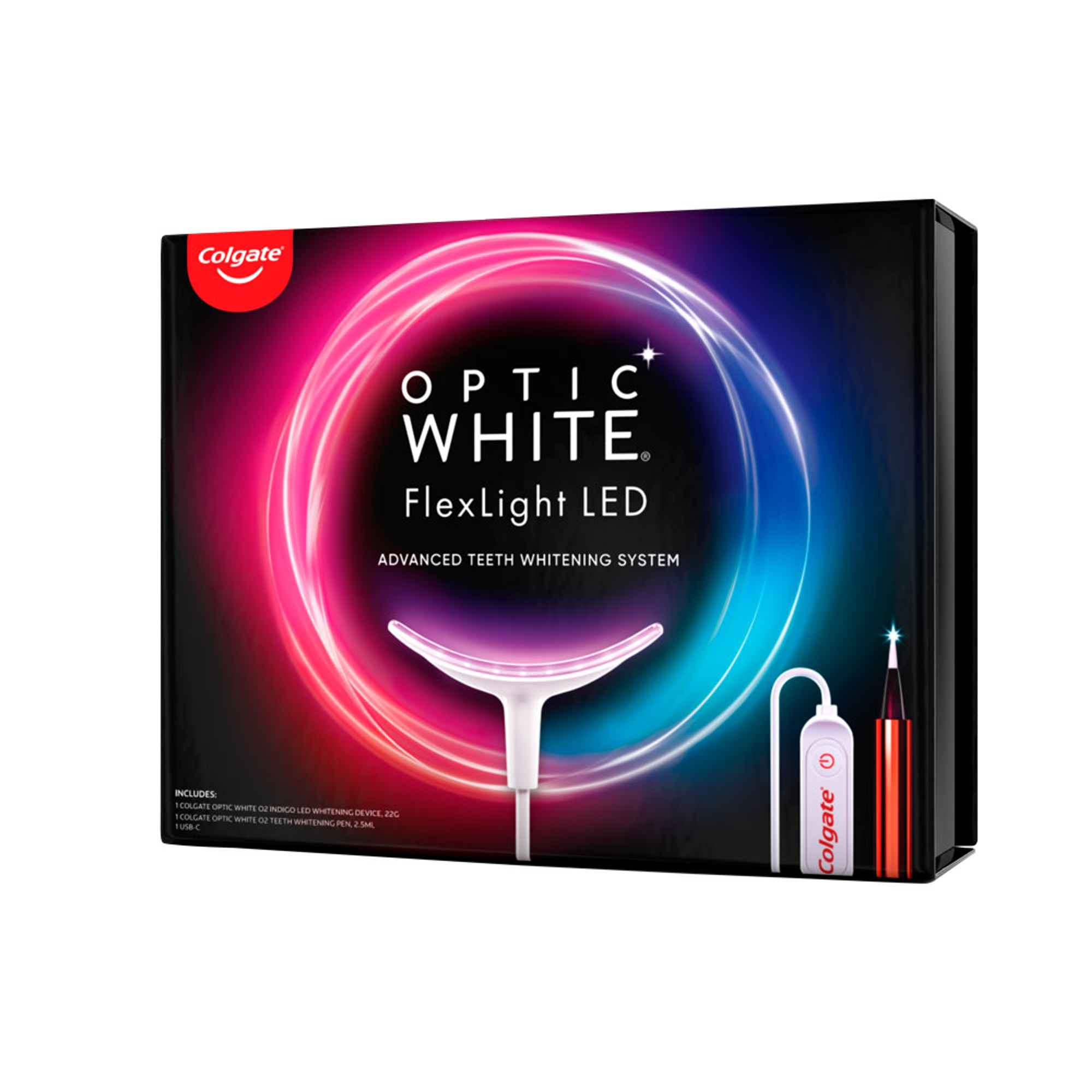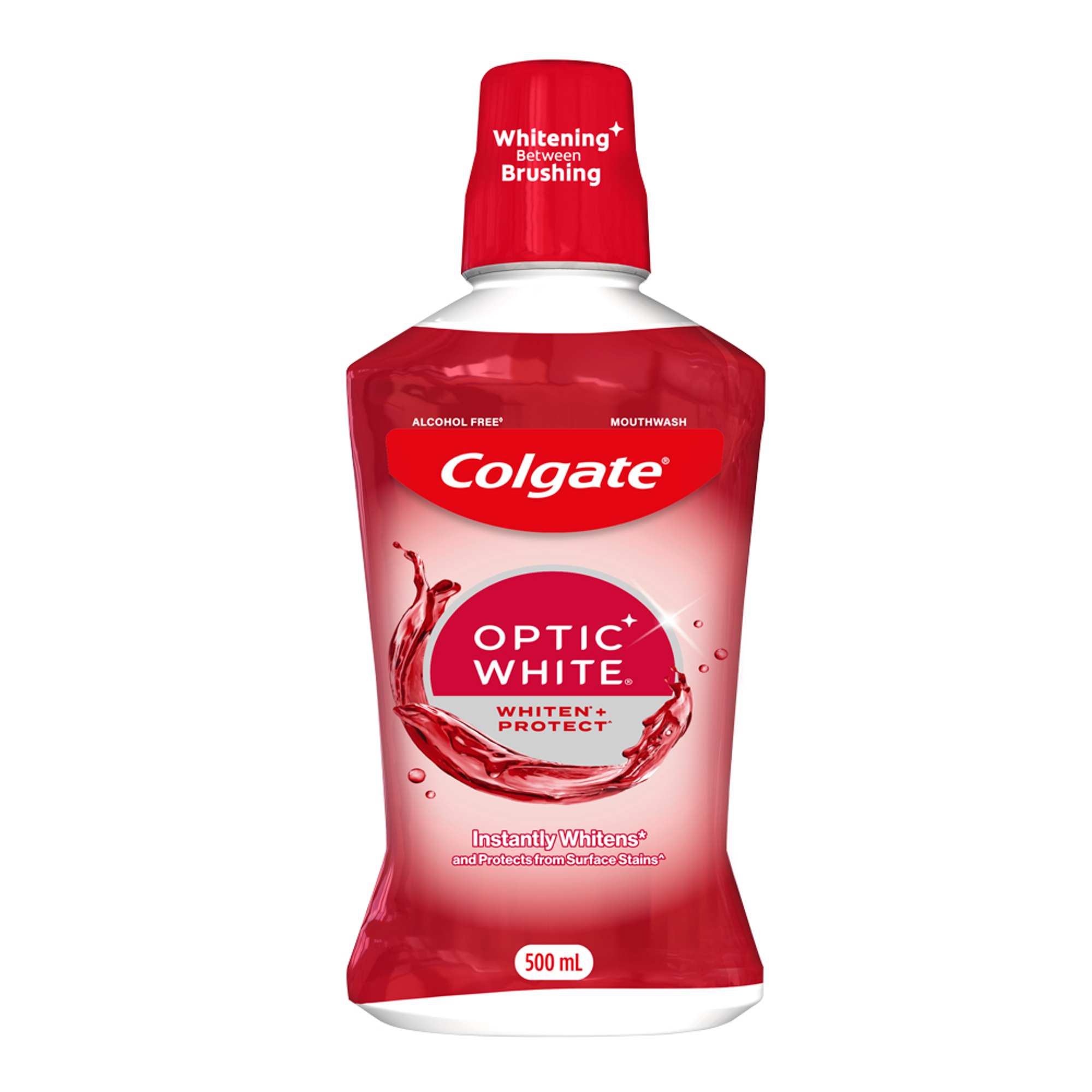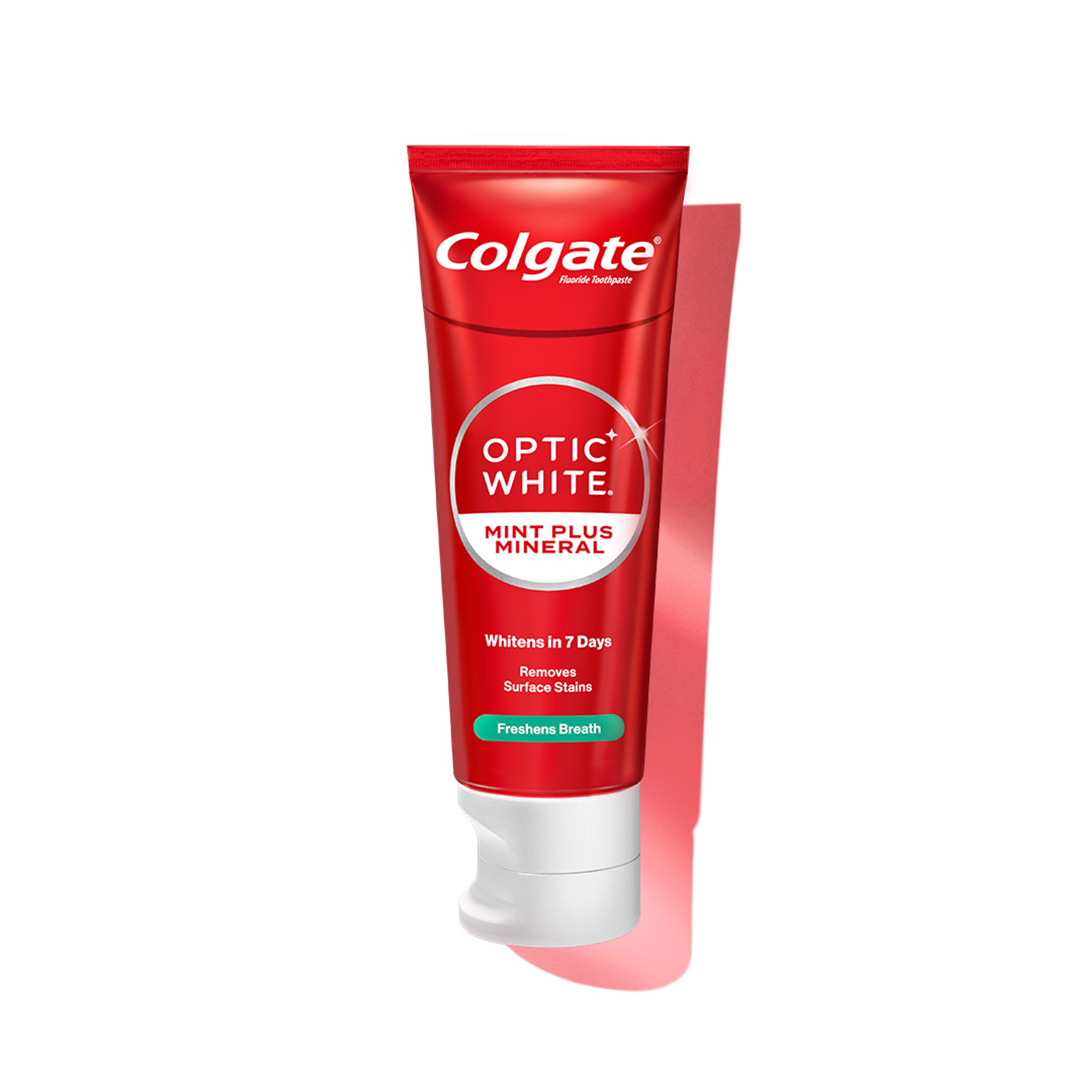Coffee stain on teeth is among the most common types of stains and can be treated and removed effectively. Read on to learn how these stains occur and the factors that can worsen them. Discover treatment options to remove these stains and gain useful tips to prevent them.
How Coffee Stains Teeth?
Some of you may wonder, ‘Does coffee stain teeth?’ Foods and drinks like coffee, red wine, tea and colas contain coloured compounds. Over time, the hard outer layer of teeth called the enamel, absorbs these compounds, leading to discolouration. Poor oral hygiene is another reason why coffee stains teeth when consumed excessively. Lack of proper rinsing, brushing and flossing allows the coloured pigments to stick to the teeth, causing staining. Amidst poor dental care, the frequent intake of coffee or black tea stains teeth over time.
Factors That Worsen Coffee Staining
Besides poor oral hygiene, some factors can worsen the teeth stains from coffee. Certain lifestyle habits and underlying health conditions can increase the risk of tooth stains. They include:
Smoking and the use of tobacco
Consumption of pigmented foods and drinks
Buildup of plaque and tartar (yellowish, hardened plaque) on teeth
Genetic factors
Injury or trauma to the teeth causing grey, brown or black discolouration
Use of some medications in the early ages that discolour teeth
Overexposure to fluoride in the early ages (fluorosis)
Tooth decay
How to Prevent Coffee Stains on Teeth
While considering how to prevent teeth staining from coffee, proactive care is essential. Improving oral care and ensuring regular dental visits are crucial in preventing tooth stains. Moreover, making the necessary changes in your diet and lifestyle is also necessary. If a medication or health condition is worsening the stains, consult a healthcare provider to manage them effectively. The following tips can help prevent staining of teeth:
Brush twice daily, using a soft manual or electric toothbrush and fluoride toothpaste.
Floss or clean between the teeth once daily with interdental brushes or dental floss.
Rinse your mouth thoroughly with water after consuming drinks like coffee. Rinsing immediately washes away the residues, helping prevent coffee from staining teeth.
Ensure regular dental visits. Professional cleaning helps remove surface stains. Besides, a dentist can identify and suggest treatments for underlying dental problems, if any.
Drink plenty of water. It helps wash away stain-causing residues from teeth. Moreover, it washes away food debris and bacteria that contribute to plaque and tartar buildup.
Limit the intake of pigmented foods and drinks. Using a straw while consuming pigmented drinks can help avoid direct contact with teeth.
Avoid smoking and tobacco use to reduce the risk of nicotine stains on teeth.
How to Remove Existing Coffee Stains
If you are wondering how to remove coffee stains from teeth, there are several methods ranging from home care to professional treatments. What works best for you may depend on the extent of staining and other factors that contribute to tooth discolouration. Though the overuse of coffee stains teeth, the following methods can help keep your smile bright, without having to impose a ban on your favourite drink.
At Home
While considering how to get rid of coffee stains on teeth at home, watching your oral health is essential. Though some home remedies can tempt you, it is important to note that many of them lack adequate scientific evidence for effectiveness and can be potentially harmful to your teeth. Instead, the following tips can help manage the stains from poor dental hygiene as well as prevent further staining of teeth:
Brushing twice and flossing once daily
Rinsing the mouth after a cup of coffee or a meal. You may also swish your mouth with a dentist-recommended mouthwash.
Drinking plenty of water to wash away stain-causing residues.
Use a stain-removal or whitening toothpaste with mild abrasives and polishing agents. It removes surface stains without damaging the tooth enamel, helping to brighten your smile.
Professional Dental Care
Though it helps, home care may not suffice to remove deeper stains. If the stains on your teeth are adamant, consulting a dental professional for treatment is ideal. They can suggest the best teeth whitening for coffee stains using professional treatments, including:
Dental Cleaning: A dental hygienist can remove the accumulated surface stains through routine teeth cleanings. It also removes the deposits of plaque and tartar.
Teeth Whitening Treatments: Procedures such as in-office or chair-side bleaching may be suggested for deeper stains. They often use strong whitening agents that lighten the stains and brighten the teeth.
How Can You Whiten Your Teeth More
If you want to whiten your teeth beyond coffee stain removal, you can explore different teeth whitening methods and how they work. At-home whitening methods require consistent use as directed and can take a few days or weeks for noticeably whiter teeth. Professional treatments from a dentist can offer faster and more dramatic whitening results.
At-Home DIY Whitening
While considering at-home methods, avoid DIY home remedies using kitchen staples like baking soda as they lack scientific evidence and can be potentially harmful. However, there are several options to whiten your teeth at home, including over-the-counter whitening kits from reputed brands. While a frequent intake of coffee stains teeth, the following at-home whitening methods can help you manage these yellow teeth stains effectively and keep your smile bright:
Whitening toothpaste: Every toothpaste has mild abrasive ingredients that help remove surface stains from teeth. However, a whitening toothpaste is specially formulated with whitening agents. They act on deep-set stains and polish and brighten your smile even more with regular use. A whitening toothpaste is an ideal pick for a coffee stain removal toothpaste to brighten your teeth from the comfort of your home.
Whitening Pens: These pens offer a convenient solution to manage teeth stains even with a busy schedule. Whitening pens usually contain a gel or serum with a whitening formula that works to lighten teeth stains. They are typically used after brushing, by applying a thin layer of the serum or gel on the teeth and leaving it on for a specified duration.
Whitening strips and gel trays: Thin, wearable strips with a pre-applied teeth bleaching gel are available over the counter. Though the bleaching agent whitens the teeth gradually, its concentration may be higher. Similarly, whitening trays that hold bleaching gel are designed to fit around the teeth. These trays, which are custom-designed by a dentist, fit snugly and work safely. Consulting a dentist is ideal, so you can use the right product without the risk of side effects like tooth sensitivity.
Professional Whitening Treatments
For faster and more effective whitening than with over-the-counter options, you may consider professional whitening at a dental clinic. A dentist will first examine your mouth to ensure your gums and teeth are healthy enough for the treatment and rule out the risks of any side effects. They will also look for any dental restorations like crowns or veneers that do not need whitening.
A dentist will typically use a safe, higher concentration of whitening agents than over-the-counter teeth whitening products, and can monitor you during the procedure. As such, you will notice that the results are visible almost immediately. Based on your unique oral conditions and needs, your dentist may suggest an appropriate whitening treatment, such as:
In-office chair-side bleaching: It is the most popular whitening treatment and involves the use of bleaching agents like hydrogen peroxide or carbamide peroxide in safe, higher concentrations. It removes deep-set and surface stains, offering instant, lasting results, typically in one sitting.
Dentist-supervised home bleaching: Your dentist will prepare a customised tray containing bleaching gel that snugly fits around your teeth and teach you how to use it. You can use it at home at your convenience by wearing the tray with the gel for a specified duration. The results become gradually visible over a few weeks as your dentist reviews your progress, until the desired shade is achieved.
Non-vital bleaching: A root canal-treated tooth (non-vital tooth) can darken over time, unlike other teeth. In non-vital bleaching, the bleaching agent is placed into the pulp chamber of the non-vital tooth. This can help lighten the colour of the tooth in most cases. If the tooth has severe discolouration or larger restorations that do not respond to non-vital bleaching, veneers or crowns may be suggested.
Conclusion
Though coffee stains teeth over time, you can protect your pearly whites without giving up on drinking coffee. Proper brushing, flossing, rinsing and regular dental checkups is crucial for your oral health and a brighter smile. At-home methods like whitening toothpaste or professional teeth whitening can also brighten your smile. However, knowing how to maintain white teeth like watching your diet and practising proactive care is key to keeping your smile radiant every day.
Frequently Asked Questions
What stains teeth more – coffee or tea?
Amidst poor dental hygiene and over intake, both coffee and tea can stain your teeth over time. The coloured pigments from these drinks are absorbed by the tooth enamel leading to stains. While both beverages contribute to staining, black tea likely causes more noticeable stains due to higher levels of tannins.
Will teeth get whiter after quitting coffee?
Quitting coffee can help prevent further staining of teeth. However, existing stains may not go away completely on their own. To remove existing coffee stains, using whitening toothpaste, or opting for professional teeth whitening treatments along with good oral hygiene is necessary.
Are brown stains on teeth removable?
Removing brown stains on teeth is possible, based on their severity and cause. Stains from coffee, tea, smoking or tobacco use go away with good oral hygiene, use of whitening toothpaste and professional dental cleanings. Deeper, adamant stains may require whitening treatment from a dentist. A dental professional can suggest what works best for you.
Does baking soda whiten teeth?
Some people may consider using home remedies like baking soda to remove teeth surface stains from coffee, tea or red wine. Such remedies lack adequate scientific evidence and can be potentially harmful. Instead, it is better to improve your oral care and use a teeth whitening toothpaste or opt for professional whitening treatments for safe and effective teeth whitening.














